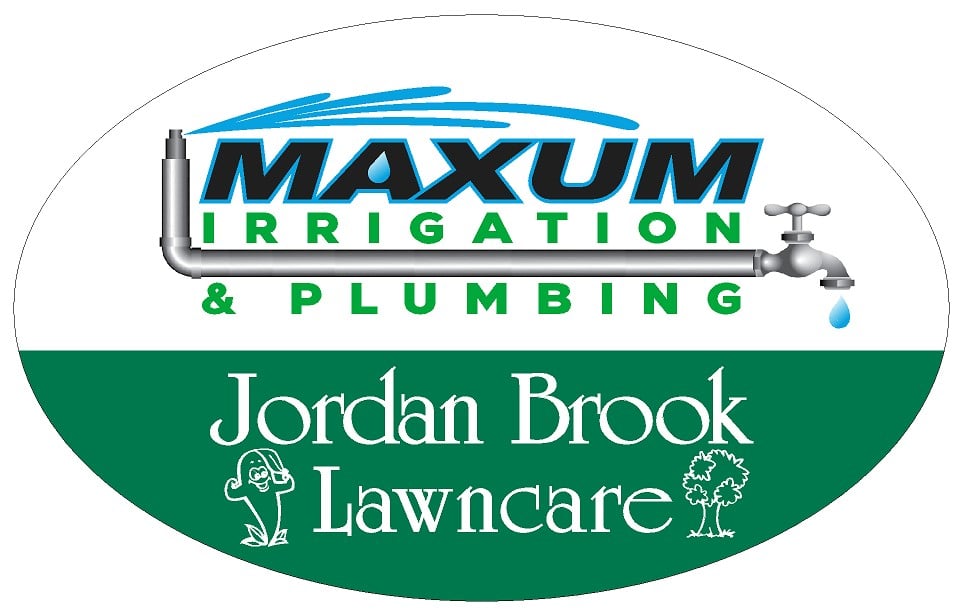As the seasons change, so do the water needs of your landscape. At Maxum Irrigation & Plumbing, we understand the importance of adapting your irrigation system to these seasonal variations. Proper adjustments not only ensure a healthy, vibrant landscape but also contribute to water conservation and cost savings. Let’s explore how you can optimize your irrigation schedule throughout the year.
Spring: Awakening Your Landscape
As temperatures rise and plants begin to grow actively, it’s time to gradually increase watering frequency and duration. However, be cautious not to overwater, as spring often brings increased rainfall.
Key adjustments:
- Slowly increase watering frequency as temperatures rise.
- Monitor soil moisture levels and adjust accordingly.
- Check for any winter damage to your irrigation system.
Summer: Peak Water Demand
Summer typically requires the most frequent watering due to higher temperatures and increased evaporation rates.
Key adjustments:
- Increase watering frequency and duration.
- Water early in the morning to reduce evaporation.
- Consider using mulch to retain soil moisture.
Fall: Preparing for Dormancy
As temperatures cool and days shorten, plants require less water. This is an excellent time to start reducing your irrigation schedule.
Key adjustments:
- Gradually decrease watering frequency and duration.
- Adjust your system to account for increased rainfall.
- Prepare your irrigation system for winter.
Winter: Minimal Watering Needs
In most cases, irrigation systems in Glastonbury, CT, should be winterized to prevent freezing damage. However, if you have winter-active plants or during dry spells, minimal watering may be necessary.
Key adjustments:
- Winterize your irrigation system.
- Water only when necessary, typically on warmer days.
- Monitor weather forecasts for unexpected warm or dry periods.
Tips for Effective Seasonal Adjustments
- Use Smart Controllers: Modern irrigation controllers can automatically adjust watering schedules based on weather conditions and seasonal changes.
- Regular System Checks: Inspect your irrigation system regularly for leaks, damaged components, or misaligned sprinkler heads.
- Soil Moisture Monitoring: Use a soil moisture sensor or simply check soil moisture manually to ensure you’re not over or under-watering.
- Zone-Specific Adjustments: Different areas of your landscape may have varying water needs. Adjust zones individually for optimal efficiency.
- Follow Local Regulations: Be aware of any water usage restrictions in Glastonbury, CT, and adjust your irrigation schedule accordingly.
At Maxum Irrigation & Plumbing, we’re committed to helping our clients in Glastonbury, CT, maintain beautiful, water-efficient landscapes year-round. Our team of expert irrigation installers can help you design, install, and maintain an irrigation system that adapts to seasonal changes effortlessly.
An efficiently adjusted irrigation system not only promotes a healthier landscape but also contributes to water conservation and can lead to significant savings on your water bill. If you need assistance with your irrigation system or are considering a new installation, don’t hesitate to reach out to Maxum Irrigation & Plumbing, your trusted irrigation installers in Glastonbury, CT.
By making these seasonal adjustments, you’ll ensure your landscape receives the right amount of water at the right time, promoting healthy growth while conserving this precious resource. Let’s work together to create a more sustainable and beautiful Glastonbury, one properly watered landscape at a time.


